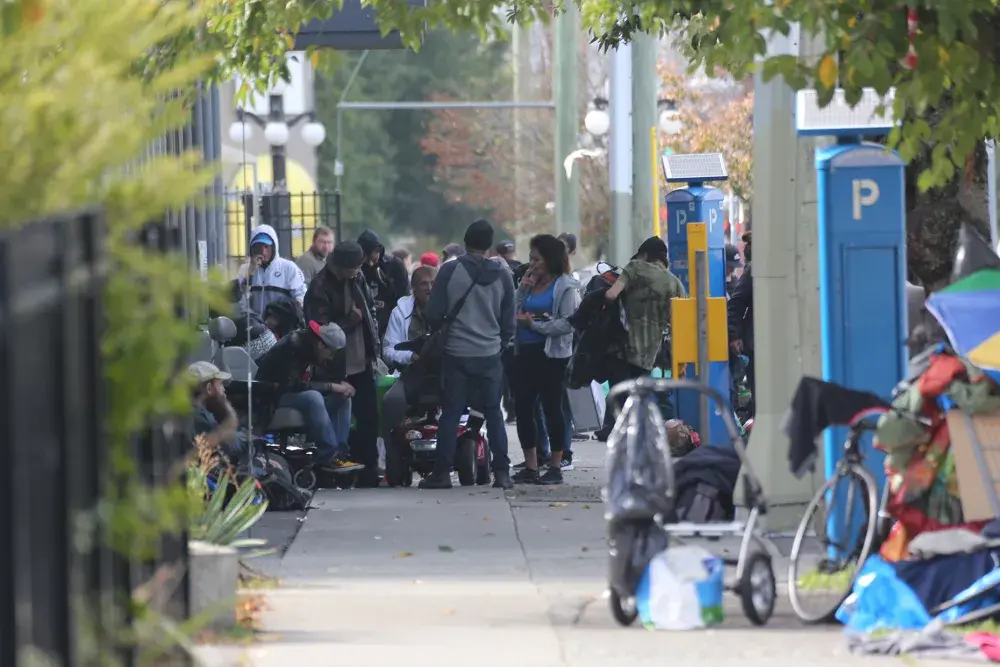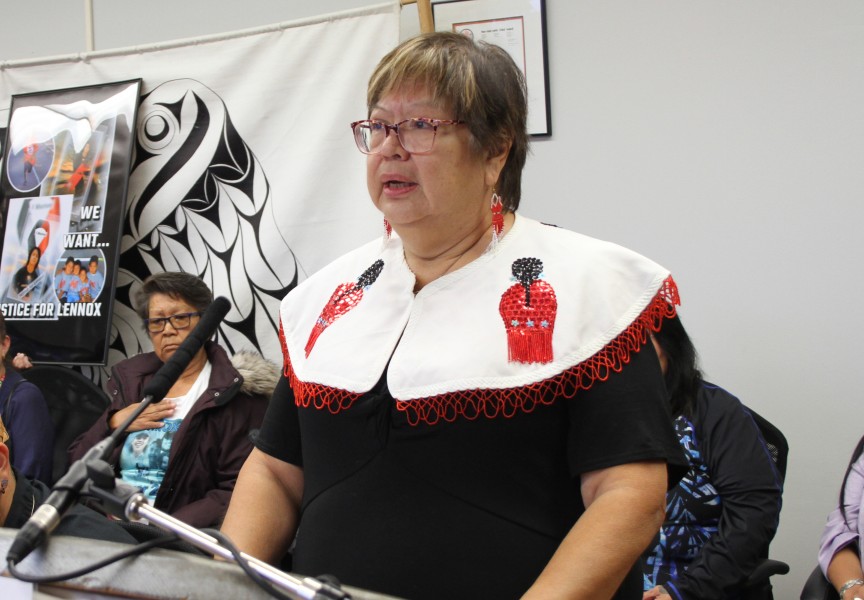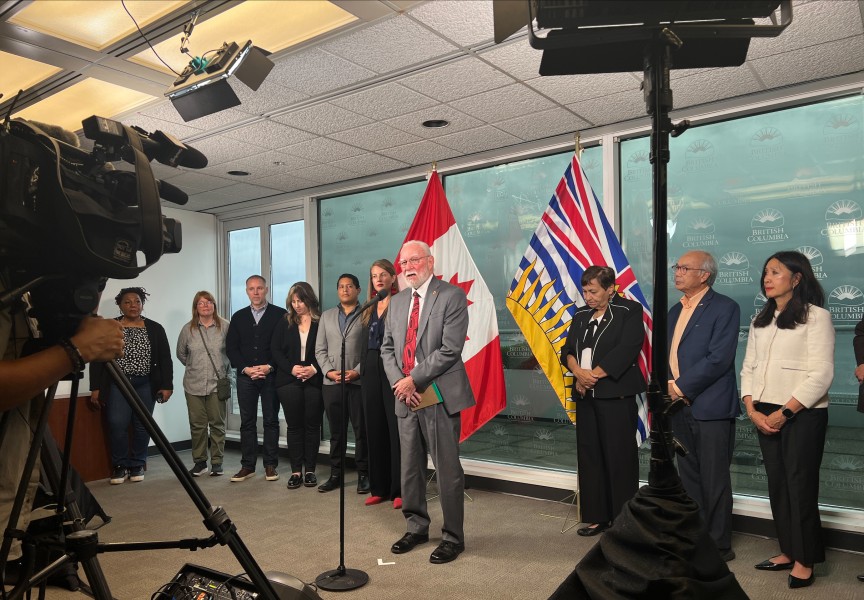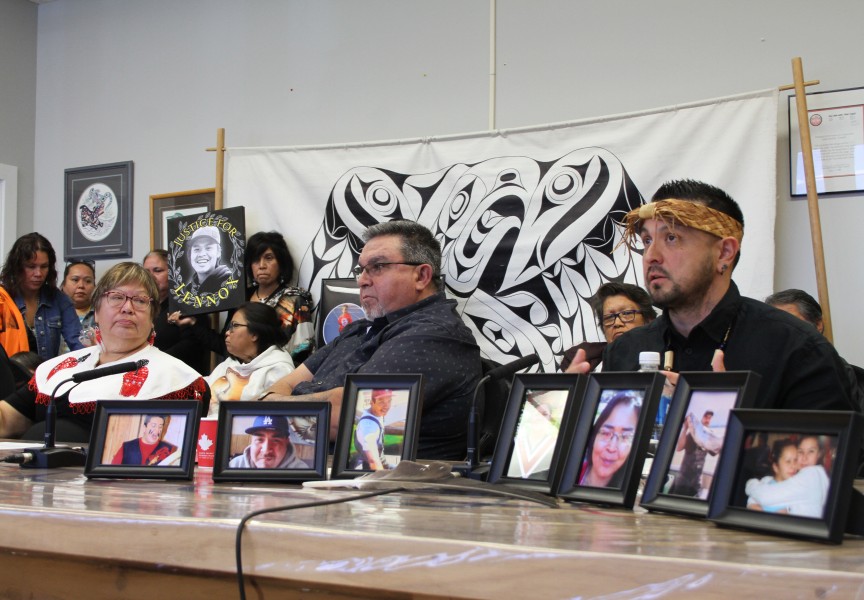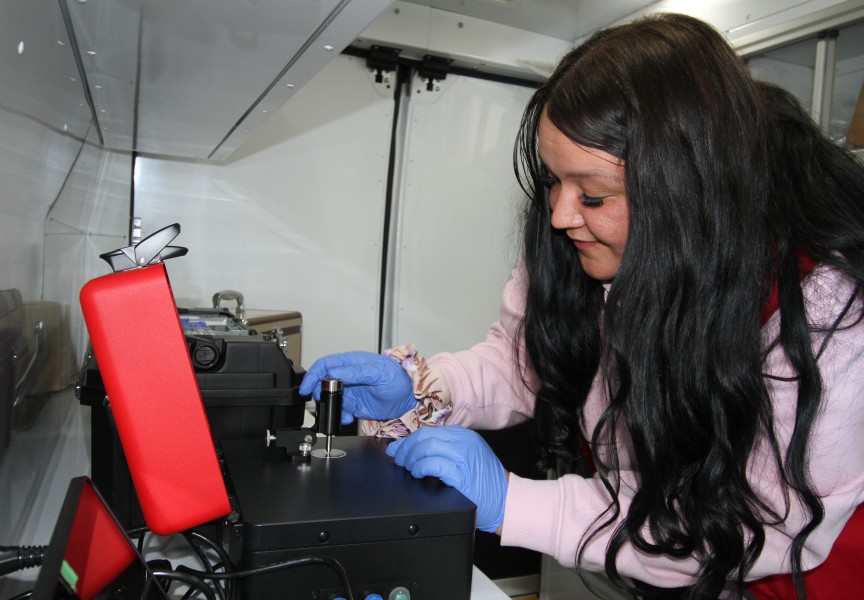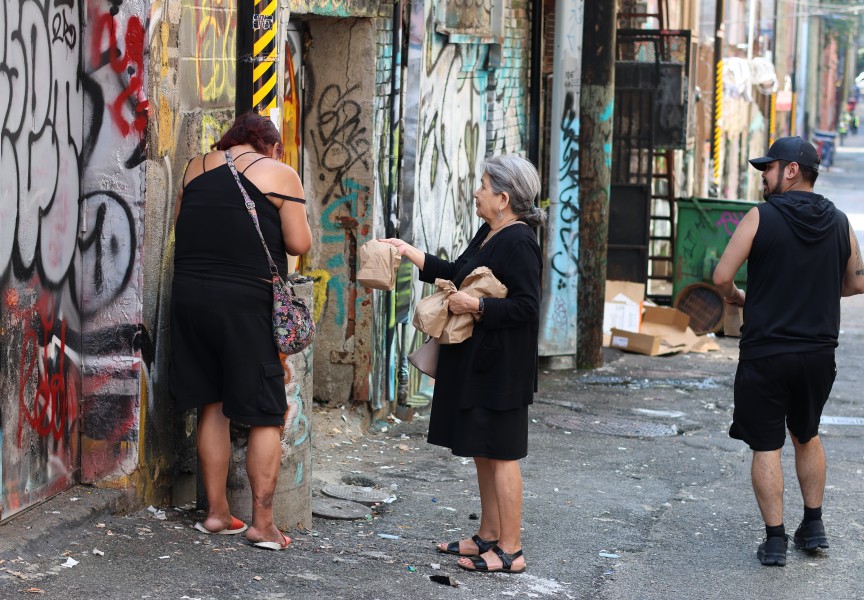On Oct. 5 the B.C. government announced its proposed amendments drug-use regulations, which would put illicit use more in alignment with the limits of tobacco, alcohol and cannabis in public places.
On Jan. 31 of this year, the province decriminalized personal possession of opioids (heroin, morphine, and fentanyl), crack and powder cocaine, methamphetamine (meth), and MDMA (ecstasy) in amounts of 2.5 grams and under.
The three-year decriminalization project was an effort to reduce the stigma and barriers associated with drug-use, while addressing the toxic crisis throughout the province where over 11,000 people have died from illicit use in the last seven years.
Initially, prohibited spaces for drug-use included the premises of primary and secondary schools or childcare facilities, spray pools and wading pools, playgrounds, skateparks, airports, and Canadian Coast Guard vessels. Additionally, drug-use remained prohibited in public settings, such as shopping malls, bars, and cafes.
The newest legislation proposed this month includes more prohibitions to public areas. These possible restrictions include a six-metre radius from building entrances (residential buildings and businesses), within six metres of bus stops, within 15 metres from playgrounds, spray and wading pools, skate parks, parks, beaches, and sports fields. These pending limitations to illicit drug use would closer align with public-use regulations of tobacco, alcohol, and cannabis use.
Karen Mills, co-founder and lead coordinator for the Peer2Peer Indigenous Society in Victoria, predicts that the proposed prohibitions will bring an increase to bylaw and police enforcement, thereby driving homeless people to use drugs in secluded areas.
“I think the excuse is going to be, ‘Hey, you can't sit there, we have this law’,” said Mills. “People are going to start going into secluded areas where they can't be seen, and that is dangerous.”
“We can't respond to an overdose because we're not visible on the street,” added Mills. “They're going to be dying alone.”
Mills was a drug user for 26 years and was homeless for eight.
“I consumed all my substances on the street,” said Mills. “It was embarrassing, I felt stigma, [and] people staring at me.”
“I was constantly harassed by bylaw and the police,” she added.
Mills shared that because of this she would hide when using and had two overdoses; both times occurred behind a dumpster.
“Thankfully, the apartment building adjacent to that, somebody was taking out their garbage and found me, the first time,” said Mills. “The second time, it was outreach workers that were looking for [me]; the same thing that we are going to be doing.”
“If passed, the legislation will allow police officers to ask a person using drugs in any of these places to cease the activity and leave the area for another appropriate area, such as an overdose prevention or supervised consumption site,” the government press release reads. “If a person refuses this direction, the police officer may choose to proceed with enforcement measures, if appropriate.”
According to the province, the proposed legislation “will encourage people who use drugs to use safely at local overdose prevention sites.”
But Mills said there are not enough safe consumption sites in Victoria, and the ones that are there are not big enough and condensed in one spot.
Victoria has four safe consumption sites, with two located on Pandora Avenue, one on Johnson Street, and the last at Rock Bay Landing Shelter.
“I would have no problem with this if they were to open up this massive safe consumption site where people can go,” said Mills.
“I feel like we're going backwards,” she added. “When you're homeless you have no safe place to consume substances, and so you’re going to be out in the public.”

